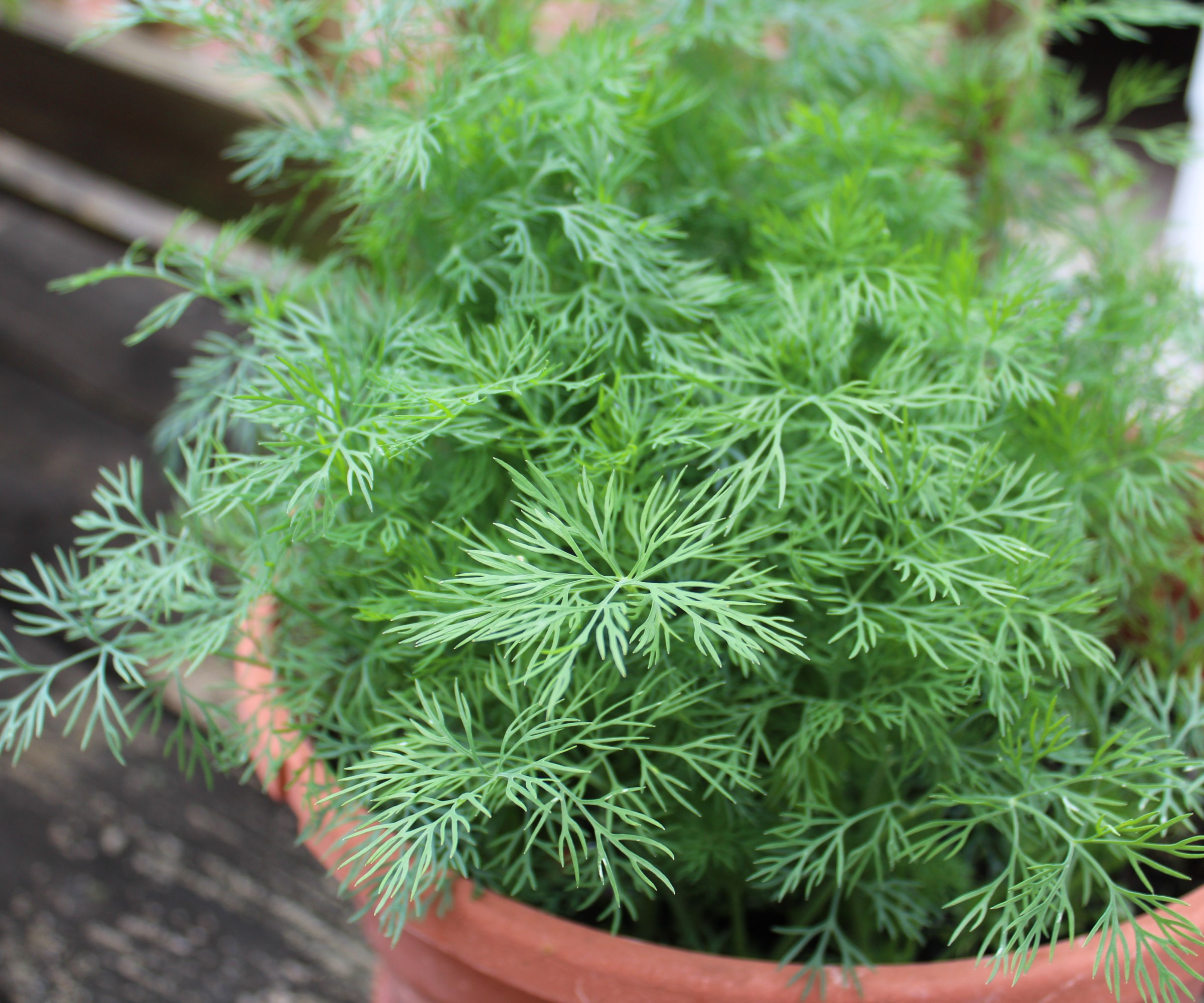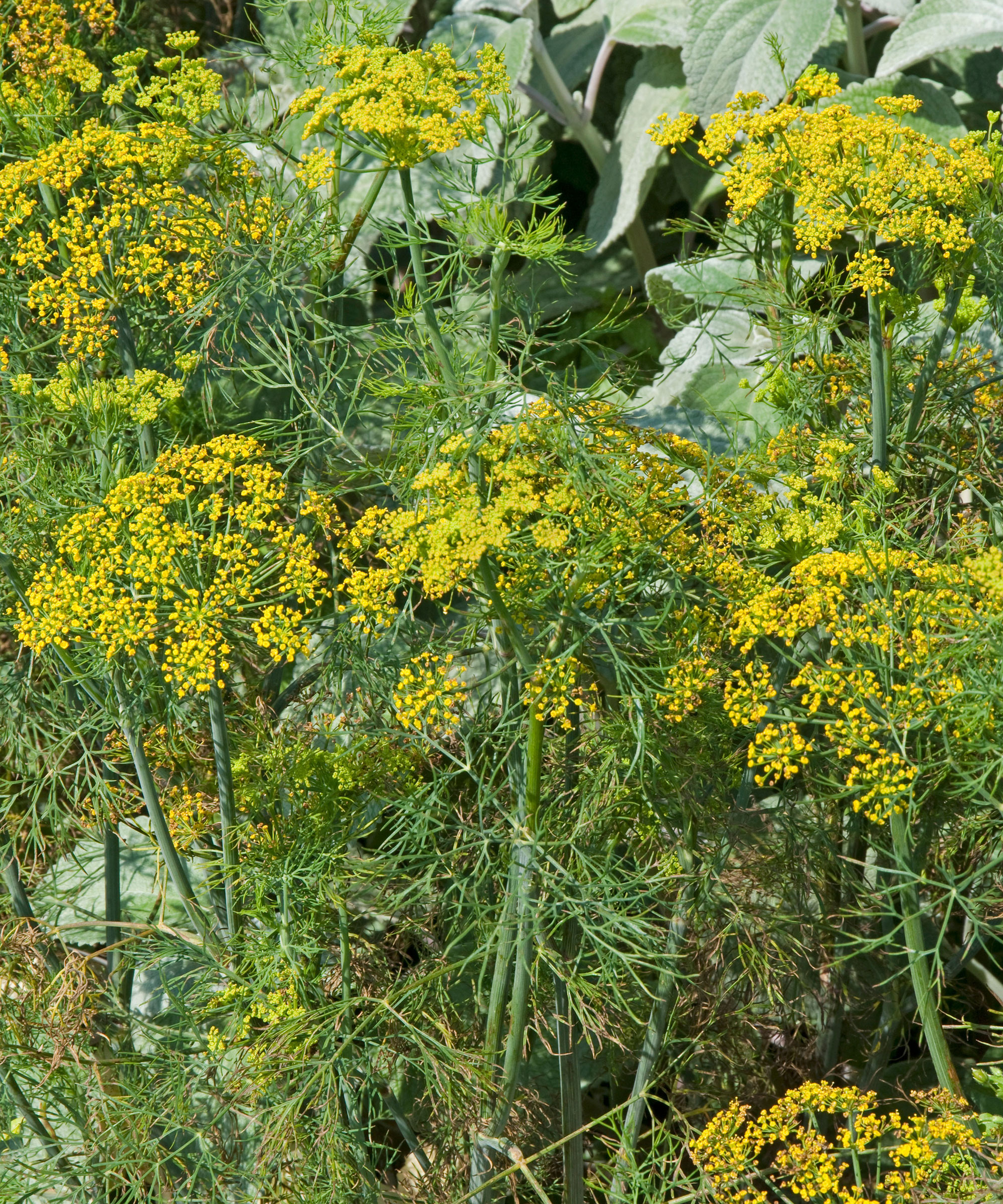How to grow dill from cuttings – 4 simple but unconventional steps from experts
Want to discover a different way to grow dill than just sowing seeds as usual? Then why not consider taking cuttings in spring?


Dill is an elegant herb commonly grown as an annual plant for its culinary, and historically medicinal, uses. You can grow dill from cuttings, though most people will traditionally grow dill from seed.
One of dill’s redeeming qualities is its versatility, it can be used fresh for cooking, its seeds in baking or pickling, while it can even make a very good cut flower. It is a plant with a relatively short lifespan though. Dill grows quickly and you get harvests of fresh leaves until flowering, and then seeds are then collected at the end of summer.
If you are looking for a different way of growing dill then it can be done from cuttings. The method of growing dill from cuttings is very simple to do and the cuttings can be rooted quickly in water. It could present a new method of adding more dill to your yard without solely relying on successional seed sowings.

Dill's leaves are feathery and have an aniseed taste
When to take dill cuttings to propagate
Dill is commonly grown as an annual each year, with seeds sown from late spring onwards directly into their growing position or young plants purchased from stores or online.
It is important to remember that dill is a plant that does not like root disturbance, so it does not work well sowing seeds indoors earlier and then transplanting seedlings into the garden at a later date. When this is done, the plant has a disposition to bolt quickly and try to go to seed, thus missing out on the period of fresh green dill to harvest.
Miguel Palma, professional gardener and owner of Jardin Tienda, claims that growing dill from cuttings ‘can be a rewarding and straightforward process’ and it is an ‘excellent way’ to grow dill plants without relying just on sowing seeds.
On when to propagate dill in this way, he adds: ‘The ideal time to take dill cuttings is during the active growing season, which typically occurs in the spring or early summer.
Design expertise in your inbox – from inspiring decorating ideas and beautiful celebrity homes to practical gardening advice and shopping round-ups.
‘During this time, the dill plant is vigorously producing new growth, making it more likely for the cuttings to root successfully. Look for a healthy, mature dill plant with lush foliage to ensure the best chances of success.’
It should be noted that growing dill from cuttings isn’t always the most reliable way of growing new plants. Not all cuttings will successfully root each time. Growing dill from seed is often seen as the most dependable way to grow the aromatic herb.

Miguel Palma is a professional gardener with over 20 years of experience in the horticultural business. He is the owner of JardinTienda, a site dedicated to reviewing gardening products and providing independent buyers guides.

Dill flower stems can look stunning in arrangements
How to propagate dill from cuttings
Taking dill cuttings is a fairly simple process and, given the right conditions, a good number of them should hopefully take root. You are better to take cuttings earlier in the plant’s growing season, around late spring. This is because it gives the cutting the longest time to grow and be able to give you a good leafy crop before hot weather in summer causes the herb to go to seed. Though dill seeds themselves are a valuable crop as they can be used whole or crushed in many recipes.
Andrew Laurier from Be Green says that dill is ‘known for its ability to root easily’ and you want to ‘choose healthy, non-flowering stems’ to get the best chance of the cuttings successfully rooting. He outlines four simple steps to have success with dill cuttings:
- Use clean and sharp pruning shears (our favorite buy below) to cut a 4-6 inch stem just below a leaf node.
- Remove any lower leaves, leaving only a few at the top.
- Place the cuttings in a glass of water or a jar filled with water, ensuring the leaf nodes are submerged.
- Keep the cuttings in a warm, bright location, but avoid direct sunlight.
An alternative to placing the cuttings in water is to put them directly into a container filled with a well-draining potting mix. In this case, a plastic bag placed over the cutting can be beneficial as it creates a mini greenhouse effect. This maintains high humidity around the cutting, reduces water loss, and can help support the development of roots. You can get pots with domes, such as these Plant Nursery Pots with Humidity Domes at Amazon, that are great for putting cuttings in.
It should not take long for the cuttings to start putting roots out. Jessica Mercer from Plant Addicts says: ‘Dill cuttings take about two to three weeks to form roots in water. Wait for the roots to reach at least an inch or more in length before you transplant the cuttings into soil.’
Once the strong root systems have developed the dill can either be planted into a pot as part of container garden ideas, in a herb planter, or go out into the herb garden. Dill likes a spot that is sunny and wants to be in well-drained soil. Too much shade or a spot that sites too wet will result in your dill failing to grow well.
When you transplant your new dill plants, handle them with care as it is a herb that can be sensitive to transplanting. After around a month after being planted out, start pruning dill to spur the plant to bush out, encourage healthy growth, and prevent premature flowering.
Micro-Tip Pruning Snips | Available at Amazon
With stainless steel blades, these pruning snips are ideal for making precise cuts when deadheading, trimming, or taking cuttings from small plants
Another string to dill’s bow is how useful it can be for companion planting. It is a plant known to draw beneficial insects into the garden, and can also be used to deter the likes of aphids and spider mites. Dill is regarded as a good companion plant when growing crops including corn, cucumbers, lettuce, and asparagus.

Drew has worked as a writer since 2008 and was also a professional gardener for many years. As a trained horticulturist, he worked in prestigious historic gardens, including Hanbury Hall and the world-famous Hidcote Manor Garden. He also spent time as a specialist kitchen gardener at Soho Farmhouse and Netherby Hall, where he grew vegetables, fruit, herbs, and cut flowers for restaurants. Drew has written for numerous print and online publications and is an allotment holder and garden blogger. He is shortlisted for the Digital Gardening Writer of the Year at the 2025 Garden Media Guild Awards.
